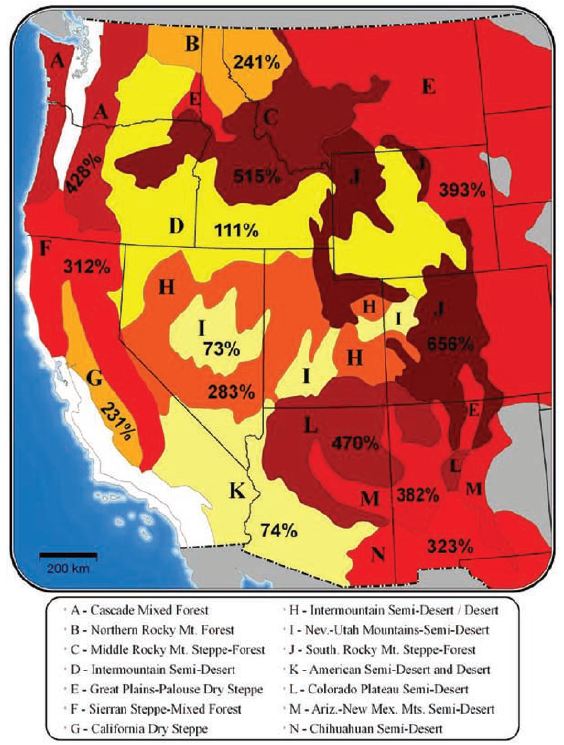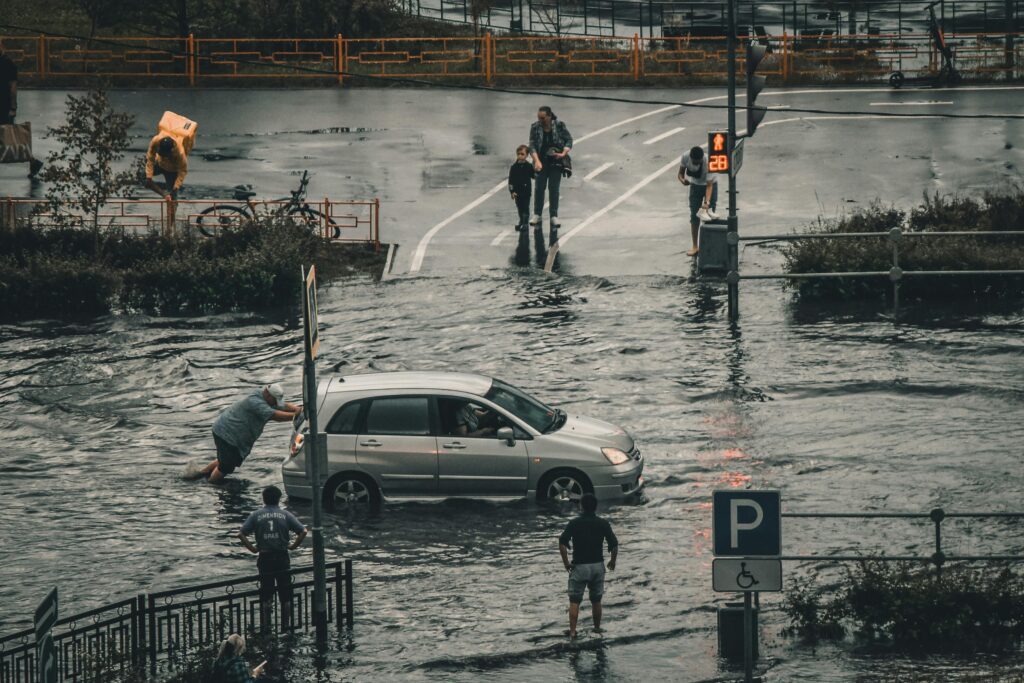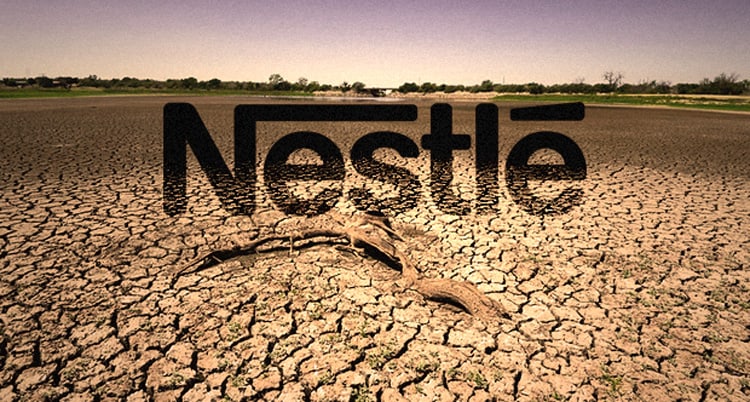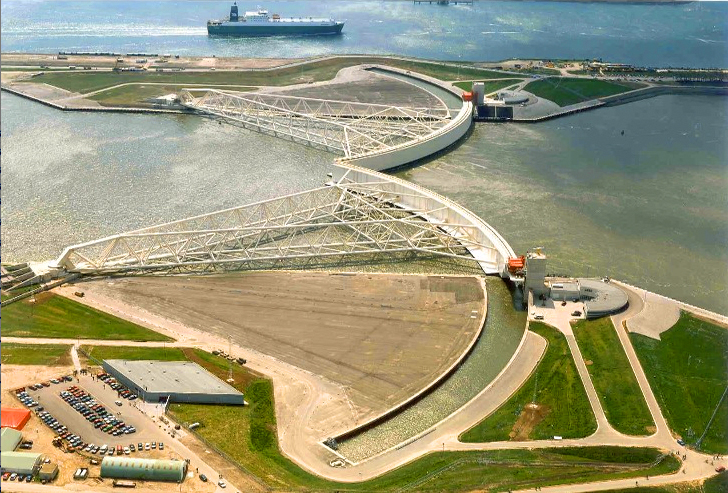A few days ago, I came across a LinkedIn post from a former firefighter. He shared his thoughts on the extraordinary wildfires in California, empathizing with the teams battling blazes under unimaginable conditions. His words were full of compassion, but also carried a sobering question: should this level of destruction come as a surprise anymore?
He shared a map—one that made me hold my breath. It’s a visual from a 2010 study by the National Academy of Sciences, showing how much more land in the Western U.S. could burn annually for every degree of regional temperature increase. The numbers are staggering, reaching up to 600% more area burned per 1°C rise. To put that in perspective, California’s average temperature has already risen by more than 1.5°C. It’s not an abstract number. It’s here, and it’s real.

But this isn’t just about fires—it’s about a much bigger picture. Europe, too, has faced devastating floods that have displaced families, destroyed livelihoods, and claimed lives. These aren’t isolated events; they’re warnings. They’re reminders that climate change is not just knocking at our door—it’s already in the living room.
The Science We Can’t Ignore
Let’s take a moment to look at the numbers. Studies like the one shared by that firefighter don’t just predict doom and gloom; they quantify risk. A 1.5°C rise might sound small, but it’s a multiplier of chaos. Wildfires, floods, hurricanes—all of these are becoming more frequent and more intense.
In Europe, we’ve seen floods that overwhelmed cities and rural areas alike. Entire neighborhoods have been submerged, and critical infrastructure—bridges, roads, power lines—has been washed away. The cost isn’t just financial. It’s deeply personal, affecting homes, communities, and the sense of security we once took for granted.

And in California, the problem is compounded by water depletion and scarcity. Years of drought have left reservoirs depleted, while mismanagement of resources by people and businesses has worsened the crisis. Take Nestlé, for example, buying up water resources and bottling them for profit. How is that possible? In a state battling water shortages, this kind of exploitation underscores a lack of accountability and long-term planning. Water isn’t just a necessity for drinking; it’s essential for fighting fires, sustaining ecosystems, and supporting agriculture. When water resources are mismanaged, the ripple effects are felt everywhere.

The data is clear. Warmer air holds more moisture, leading to heavier rainfall. Drier climates fuel bigger, faster wildfires. Rising sea levels make storm surges more devastating. We’re not dealing with random acts of nature. We’re living with the consequences of a changing climate—a reality that’s becoming harder to ignore.
How Governments and Businesses Are Responding
So, how are we responding? Governments and businesses are taking steps—but are they enough?
On the positive side, some cities and organizations are leading the way. Rotterdam’s flood prevention systems, for example, are a global model for resilience. Renewable energy investments are accelerating, and climate adaptation funds are growing. But these efforts often feel like drops in an ever-rising ocean.

Take municipal stormwater systems. Many are outdated and unable to handle the heavier rains we now face. In wildfire-prone regions, zoning laws often fail to account for increased fire risks. And insurance markets? They’re struggling to keep up, with rising premiums and areas becoming outright uninsurable.
The reality is that many businesses and governments remain reactive. The focus is often on immediate recovery rather than long-term resilience. We rebuild homes in floodplains. We replant in fire zones without updating building codes. And we continue to gamble on the hope that “it won’t happen again”—even though all signs point to the contrary.
The Psychological Shift We Need
Here’s the thing: data and policies alone won’t save us. We need a mindset shift.
For many, climate change still feels distant—something that happens to “them,” not “us.” But when wildfire smoke blankets urban skylines, or floods turn suburban basements into swimming pools, the crisis hits home. And that’s when the real shift begins.
To face these challenges, we must move from denial to acceptance, from apathy to action. This isn’t just about governments or corporations; it’s about all of us. It’s about recognizing that climate risks are interconnected with our lives, our businesses, and our communities.
For governments, it means planning for resilience, not just recovery. For businesses, it’s about integrating climate risks into decision-making—from supply chains to customer engagement. And for individuals, it’s about coming together in community with a sense of collective responsibility. We need to build communities that care—not just about profits or politics, but about each other and the planet.
A Call to Action
So, what’s next? How do we prepare for a future that’s already here?
We start by acknowledging the urgency. Whether it’s advocating for stronger policies, supporting sustainable businesses, or making changes in our own lives, every action counts. We can demand better zoning laws, push for renewable energy, and invest in community resilience. But we also need to take a hard look at ourselves. Are we ready to let go of “business as usual” and embrace a more sustainable / regenerative way forward?
Climate change doesn’t care if we believe in it. It’s happening. The question is: will we rise to meet it? Will we be proactive, compassionate, and courageous? Or will we wait until the fires, the floods, or the storms leave us no choice?
The choice is ours. And it’s one we have to make—together.
We would love to hear your reflections. Get in touch with us via sendlove at heartwork dot earth.

